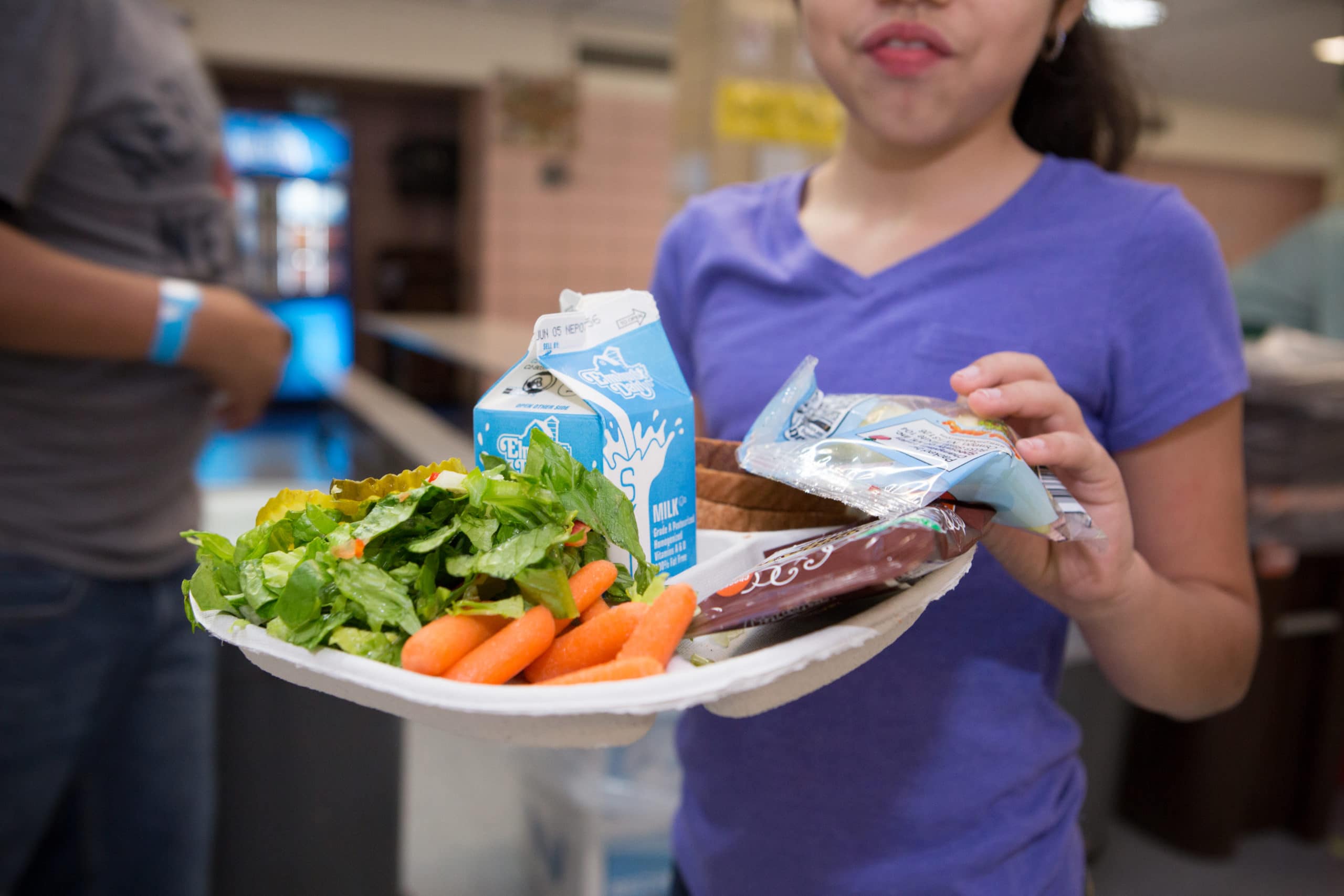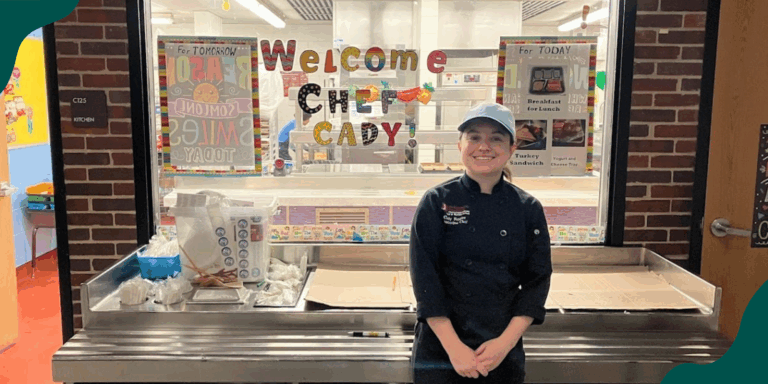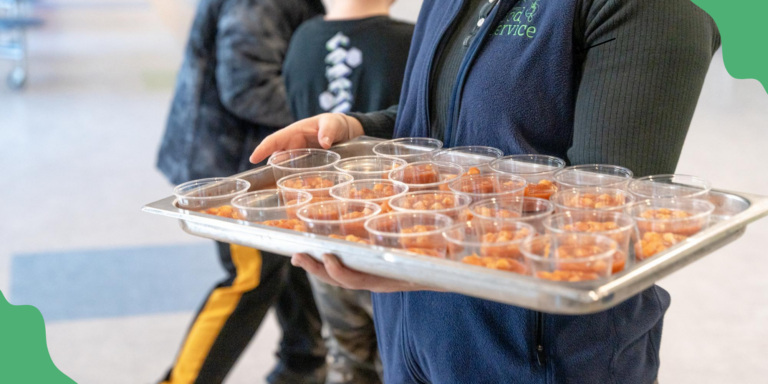From the Source: School Food Procurement 101
Procurement is an important step in serving healthy and delicious meals.
Procurement is an important step in serving healthy and delicious meals.

On the FoodCorps blog, we share stories from the field—insights from our service members, as well as inspiration from our alumni, partners, and supporters. Starting now, you’ll hear about another group of leaders: the people involved with procurement, or the process of specifying and buying food for schools.
Let us explain. You may recall that last year FoodCorps joined forces with School Food Focus—a win-win for healthy food in school cafeterias and kitchens. From 2008 to 2017, School Food Focus worked directly with school districts to combine their purchasing power and source more nutritious fruits, vegetables, and whole foods from regional farms and purveyors.
Now that FoodCorps has incorporated School Food Focus’ priorities, we’re excited to support school districts in making procurement decisions that help connect more kids to healthy school food. Our hope is that by creating change at a systems level, we’ll make an impact with the potential to benefit all of our nation’s 100,000 schools.
Procurement is important behind-the-scenes work that doesn’t always get the spotlight, yet buying and preparing nutritious foods is at the root of serving healthy meals in school. That’s why we’re excited to share more as we put our ideas into action.
Keep an eye out for updates from school nutrition stakeholders—school nutrition directors, procurement managers, food manufacturers, distributors, and others who work hand-in-hand with our FoodCorps service members to get more healthy food on students’ plates. In the meantime, let’s take a look at why FoodCorps is working on procurement.
Healthy meals start with the procurement of healthy foods and ingredients. Many school districts and school nutrition directors are working hard to move away from processed foods and toward whole foods, local produce, and ingredients with stronger nutritional profiles.
Procurement can help school nutrition departments drive what they want to serve to students. Whether it’s finding a tomato sauce with lower sodium or buying tomatoes to make sauce in the school kitchen, making changes to the procurement process directs more wholesome and nutritious foods into schools.
Supply and demand are at the heart of every purchasing system, and the school food marketplace is no different. Food manufacturers and distributors make business decisions based on their customers’ demand.
When school districts join forces to combine their purchasing power, or demand, they can shift food production toward more wholesome school food, or supply. When districts purchase more school food from local farms and purveyors, the environment, local economy, and school food culture all win.
Yes! School districts, food manufacturers, and suppliers across the country have been working to make more wholesome, nutritious, and sustainable products available to school cafeterias. A few examples:
Looking for more information about the school food system? Stay tuned for more posts covering different topics in procurement. Meanwhile, check out Six Things You Need to Know About School Food.
Want to learn more about how school meals reach students’ trays? Check out the other posts in this series, School Meals and Student Health and Who’s Who in School Food.
This information comes from work conducted by School Food Focus, which has merged with FoodCorps. We gratefully acknowledge the leadership and staff from School Food Focus who contributed to gathering the research and knowledge shared in this post.

The Policy Brief: 2025 State Policy Updates

Alumni Spotlight: Cady Molloy, School District Executive Chef

6 Careers in Food That Make a Difference